The Role of Ergonomics in Design
Ergonomic design is not just for the office. Here is what you need to know about applying ergonomics in your home.
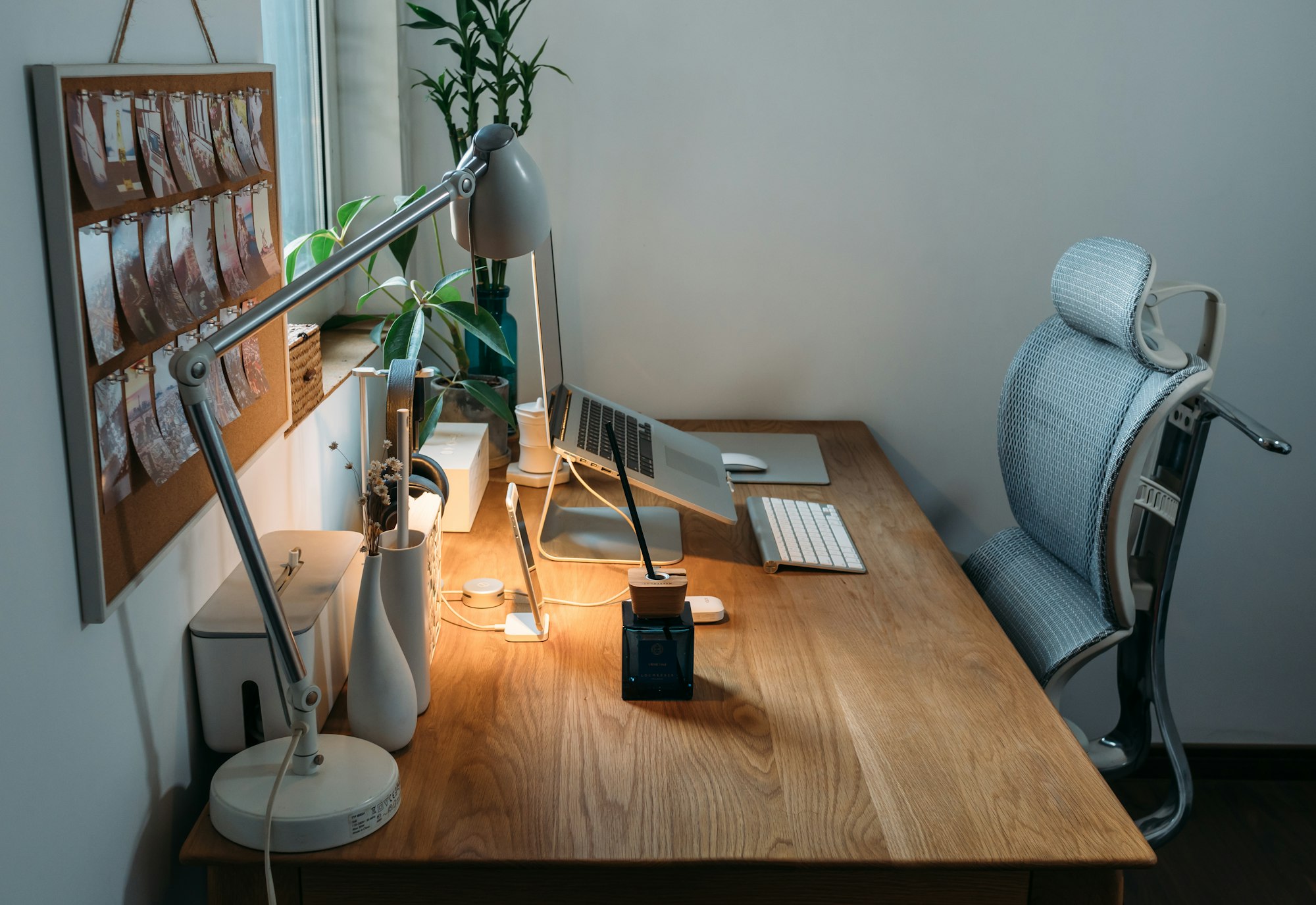
While you might already be familiar with ergonomics, it’s probably more in a workplace context. What you might not know is that ergonomics is an essential element of interior design and something you should consider when designing your home. While you might be more focused on the design style of your home, the colors and the fixtures, it’s also important to remember that homes are about function and comfort.
This is where design ergonomics comes in. Incorporating ergonomic principles in your home design creates a space optimized for your well-being and looks great. In this post, we explore the basics of ergonomics in interior design, the benefits of applying these principles and how to incorporate them into your home.
What's in this post:
What is ergonomics in interior design?
Importance of ergonomics in the workplace
What is ergonomics?
Ergonomics is the study of designing and optimizing environments that prioritize our well-being, safety and performance. It considers how we interact with our surroundings, our abilities, our limitations and the types of tasks we perform every day. Ultimately, ergonomics is about creating spaces that use specific systems, products and designs to enhance how we use them.
What is ergonomic design?
Ergonomic design is about customizing spaces and products to the individual needs of the person using them. It takes into consideration who is using the space and how they are using it to create a safe environment for them to do those things without harm or injury.
What is ergonomics in interior design?
Interior design ergonomics looks at how people interact with the environment spatially. Ergonomics looks at how people interact with furniture and other items in their homes and how they use them. This factors in things like cabinet height, furniture size, room layout and lighting to ensure that they are designed for maximum comfort and promote well-being.
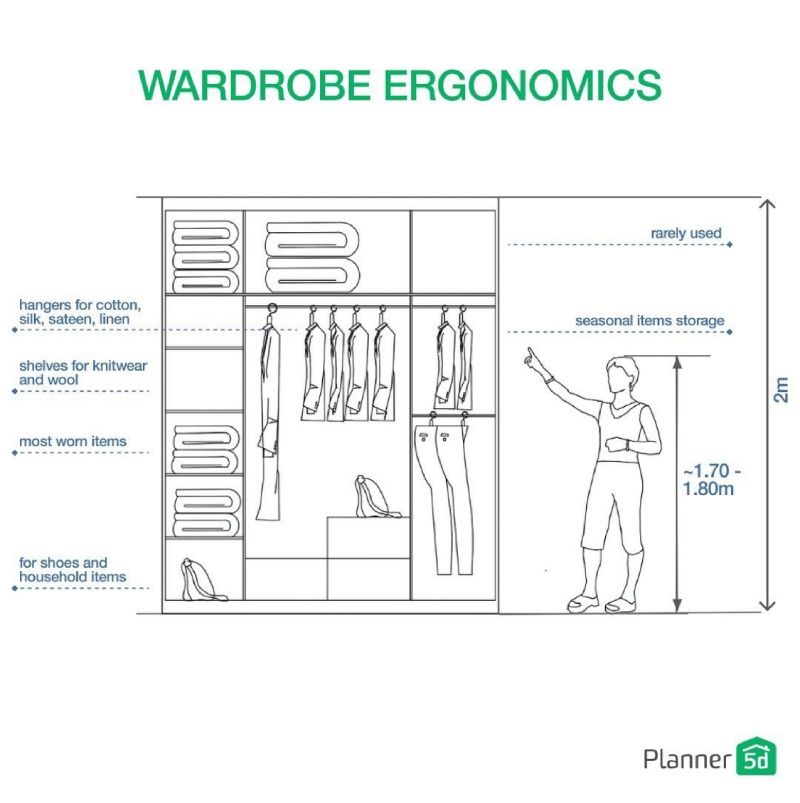
Importance of ergonomics in the workplace
Work is where we spend the majority of our time. Whether you work from home or go to a workplace, you probably spend most of the day doing repetitive tasks. Sitting at a desk, or doing physical activity like working in construction, delivering packages or working in retail means putting a lot of strain on your body doing tasks that can cause injury over time.
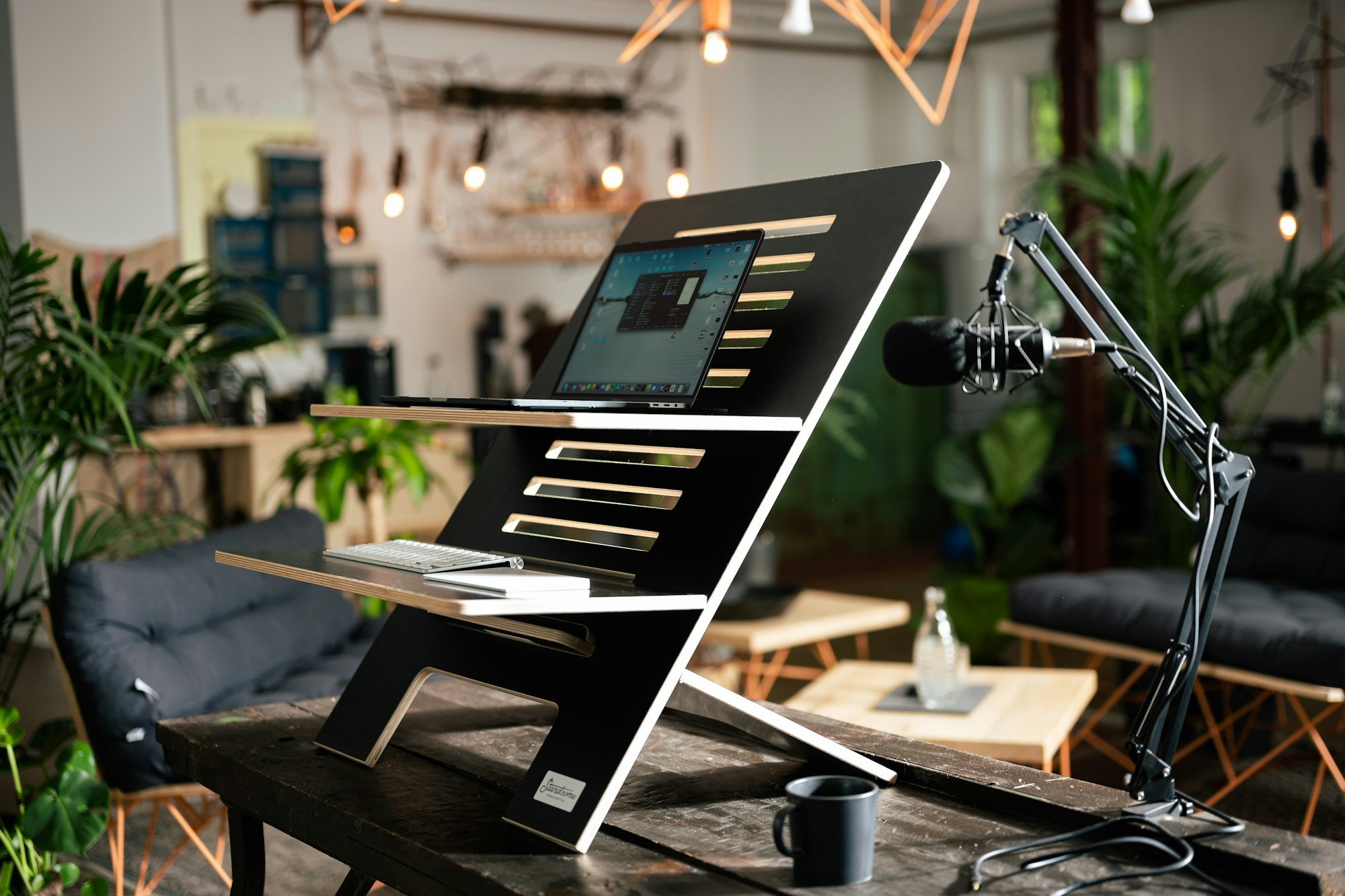
Most workplaces have implemented health and safety measures that look at the safety of their workers. Part of that protocol is looking at improving the work that causes the most strain and can potentially lead to injury. Ergonomics is a part of that assessment and looks at adapting the workspace to the individual needs of the worker.
Ergonomic design examples
Research shows that ergonomically designed furniture and work environments can boost productivity and employee health. Ergonomic workstations can also reduce stress and injuries and prevent chronic pain. From conveyor belts to chairs, locker access and shelving height, there are many ergonomic products and systems designed to improve the functionality and comfort of workers. Let’s look at some ergonomic design examples you can implement in your home office.
Light sources
Proper lighting can reduce eye strain and eliminate glare. If possible, always palace your desk facing the window or use desk lamps to ensure proper illumination. Natural light can also boost your energy and vitamin D, improve your mood, decrease headaches and help you sleep better at night.
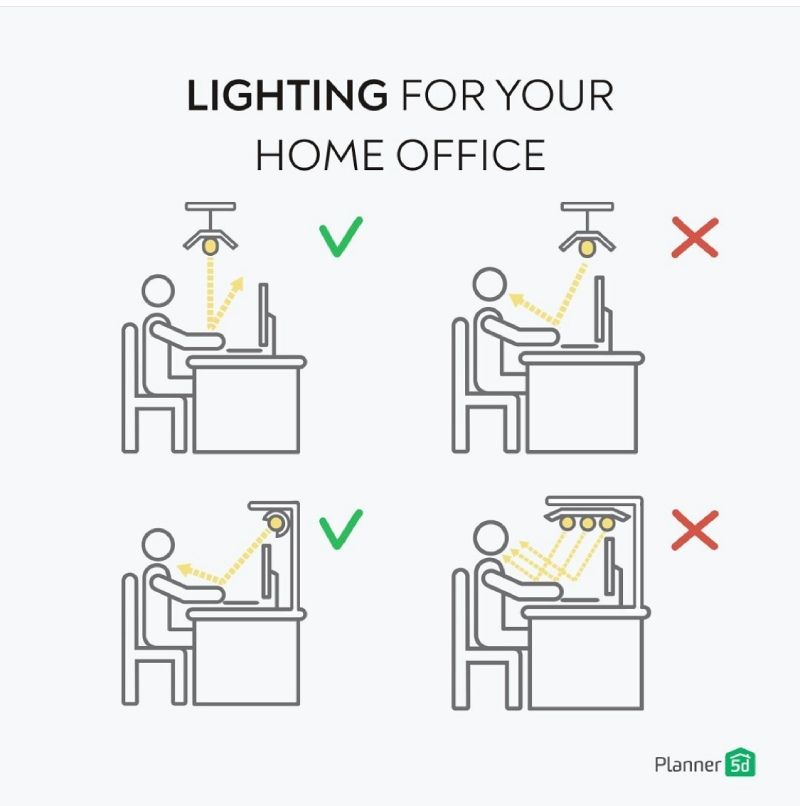
Desks
For the longest time, desk design has been more of a one-fits-all approach. Ergonomics takes a more holistic approach with the understanding that we all have different body sizes and types and that not all desk jobs have the same requirements. A desk should be tailored to your body, the type of work you do and what equipment you require to do your job.
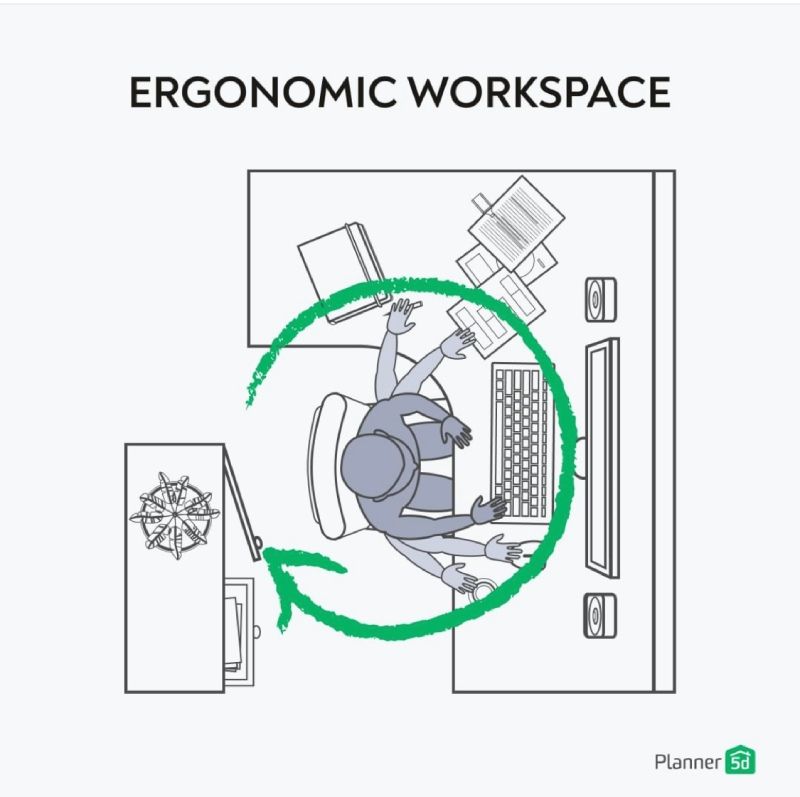
Ensure your desk has enough clearance for your legs to move freely and is at a proper height. You can also consider an adjustable desk that lets you sit or stand while you work and encourages movement throughout the day to improve comfort.
Chairs
Your chair is as important as your desk. Use a chair that has proper lumbar support and comfortable armrests. Adjust your seat height so your feet rest flat on the ground, and your thighs parallel the floor. Keep your arms bent in an L shape with the elbows at your sides. A proper chair will help you avoid slouching and keep your body relaxed.

Computer monitor
Your computer screen should be placed directly in front of you, with the top of the screen at or slightly below eye level. The monitor should be at least an arm’s length away. Place your keyboard in front of you, between you and the monitor, to avoid excessive strain. You can also use an anti-glare screen to reduce eye strain.

Ergonomic keyboard and mouse
Your computer keyboard and mouse should be close together to avoid straining and excessive reaching. Your mouse should keep your writs positioned in a natural position to avoid strain. An ergonomic mouse is designed to fit into your hand and allow you to click and scroll without discomfort. Similarly, an ergonomic keyboard is designed to make typing as comfortable as possible. Keep it flat or gently sloping away from you to keep your hands in a comfortable position.
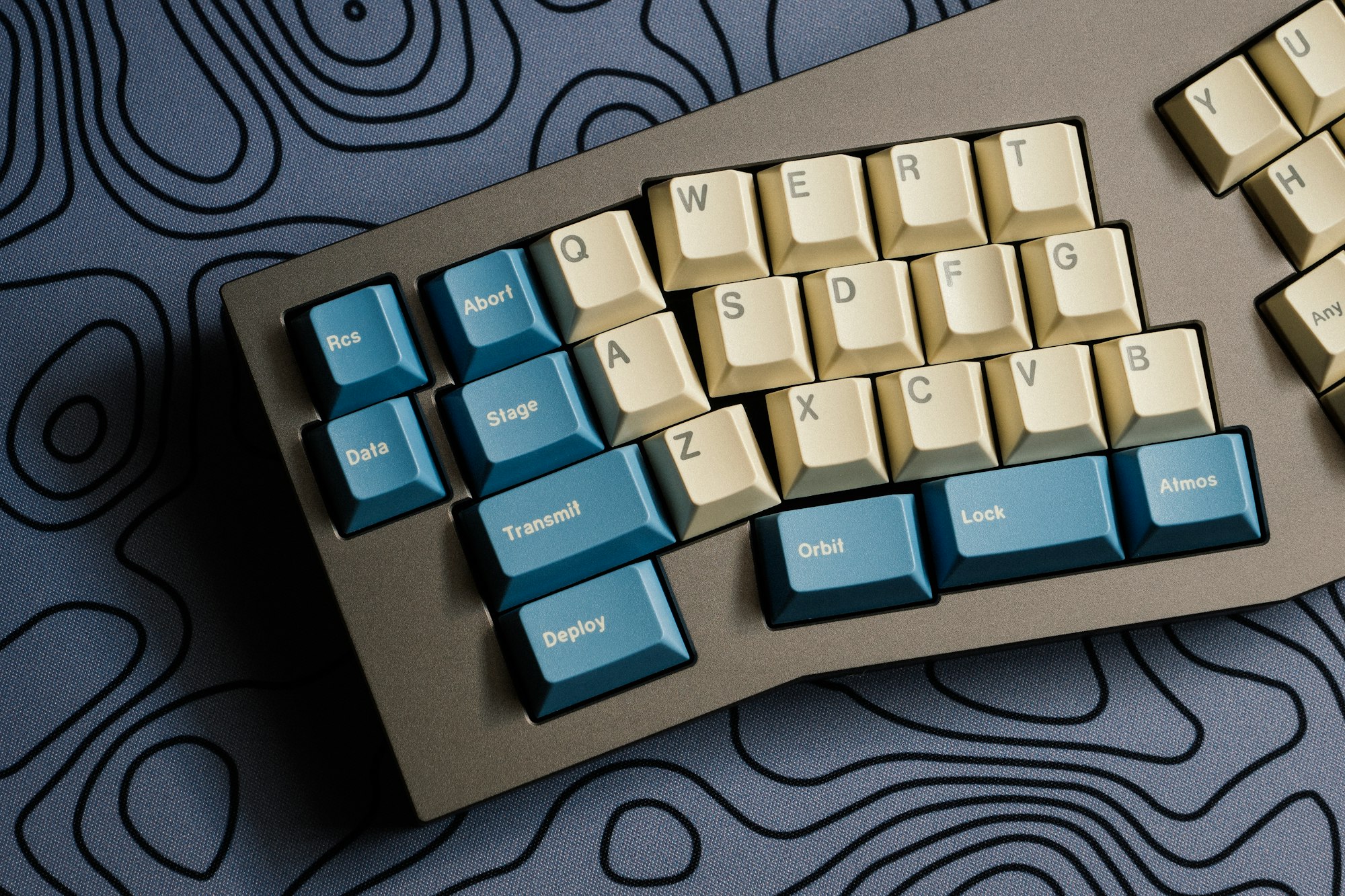
The importance of ergonomics in the home
Your home might not seem like a place for ergonomics, but you are probably already using some of the ergonomic design concepts without realizing it. Any place in the house that is used for long periods of time should also be ergonomically optimized to avoid strain. Let’s look at some examples.
Ergonomic kitchen
Your kitchen is a place where you prepare food, eat and entertain. Ergonomics plays a considerable role in the design and layout of your kitchen. Think of the actions you need to take for each activity. After a while, they can become repetitive and, if not designed properly, can cause injury.
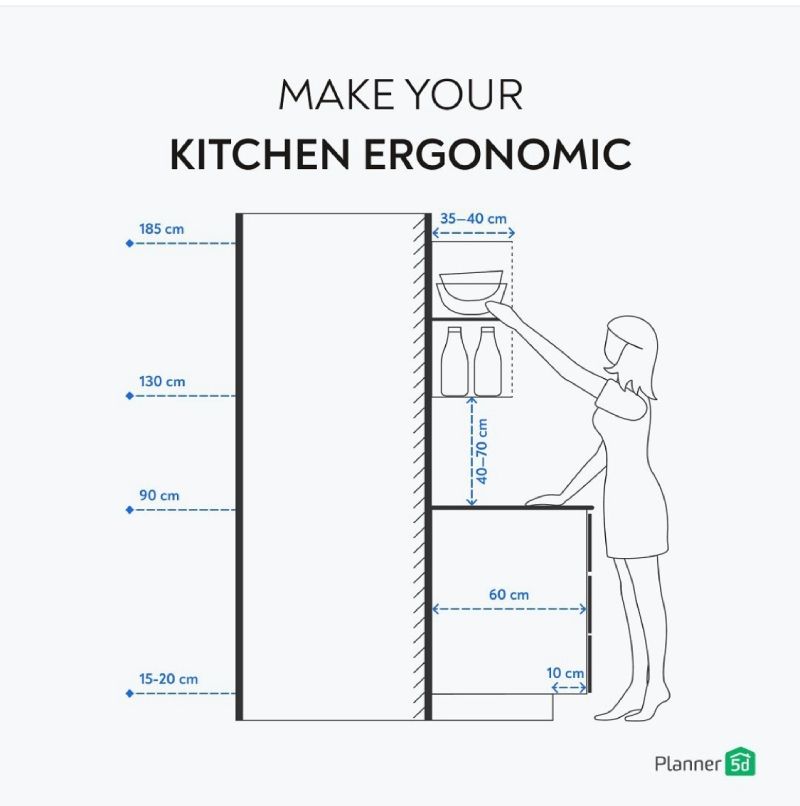
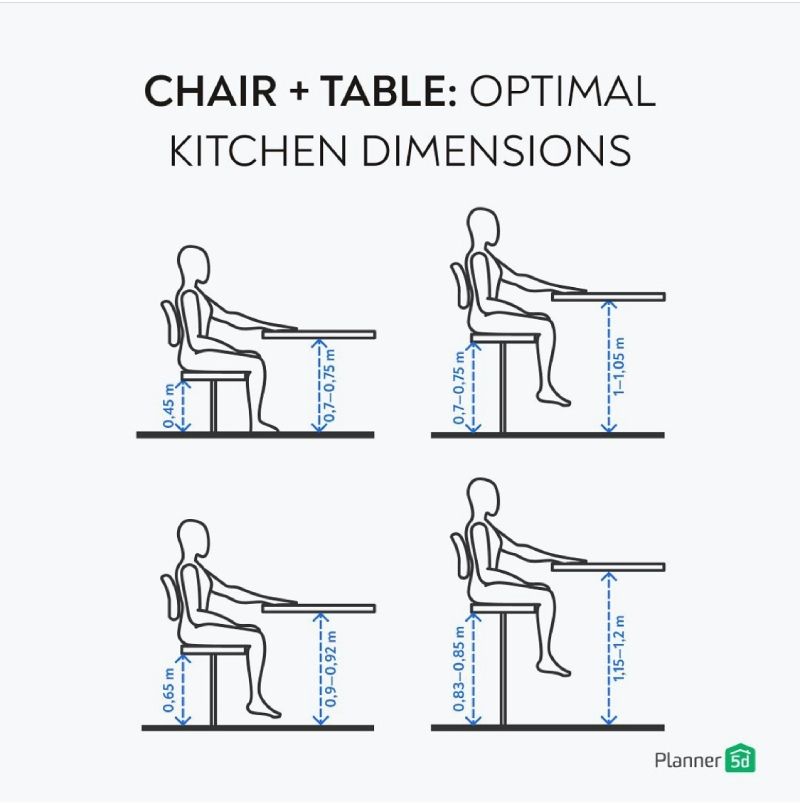
Placing your countertops at the right height and having easy access to shelves and cupboards makes your work much easier. When you don’t have to strain to put away your utensils, cooking accessories and dishes also help you avoid strain. Consider placing a floor mat in the kitchen, especially when standing for prolonged periods, to add more cushioning.
Living Room
The living room is probably the most used space in any home. It’s where you relax and unwind with family and friends. However, most couches and chairs don’t offer proper lumbar support. While lounging on the couch is a great way to relax, it often doesn’t encourage good posture.

Consider getting furniture that offers lumbar support, cushioning and comfort. Leave plenty of room between furniture so you can get around easily without bumping into anything. Area rugs and lights can also add comfort and reduce physical strain.
Ergonomics in the bedroom
When it comes to ergonomic bedroom design, it comes down to your bedroom furniture and how you place them. Your bed should be positioned in the center of the room with enough space to walk around. The bed should be easy to get into and get out of without straining your back.
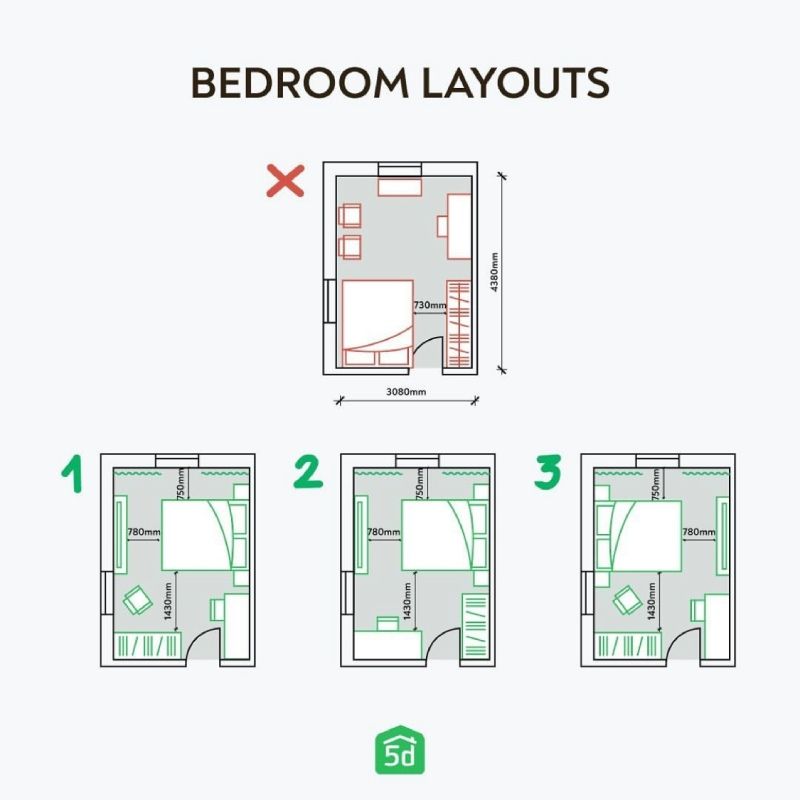
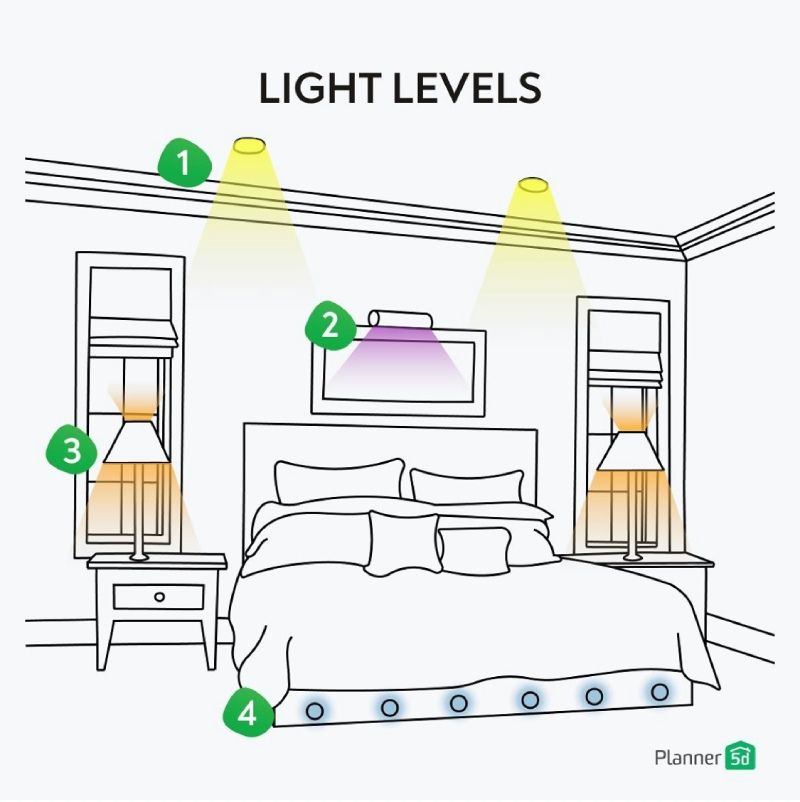
Select a comfortable mattress and pillows for maximum comfort and relaxation. Place side tables on both sides of the bed for easy access, and if you choose to have a TV in your bedroom, make sure to have it placed directly across from the bed to avoid strain. Layered lighting is also crucial in the bedroom to make the room more comfortable, whether you plan on reading in bed or doing your makeup.
Bathroom
While you might not think of your bathroom as a place for ergonomics, it’s a room that can significantly benefit from ergonomic design. Your cabinets, sinks, mirrors and cabinetry should be at a height that lets you easily access them without much strain. Tower racks, soap dispensers and other accessories should also be within reach and not cause strain on your body. The bathroom layout also plays into how easy it is to navigate the shower, bath or toilet.
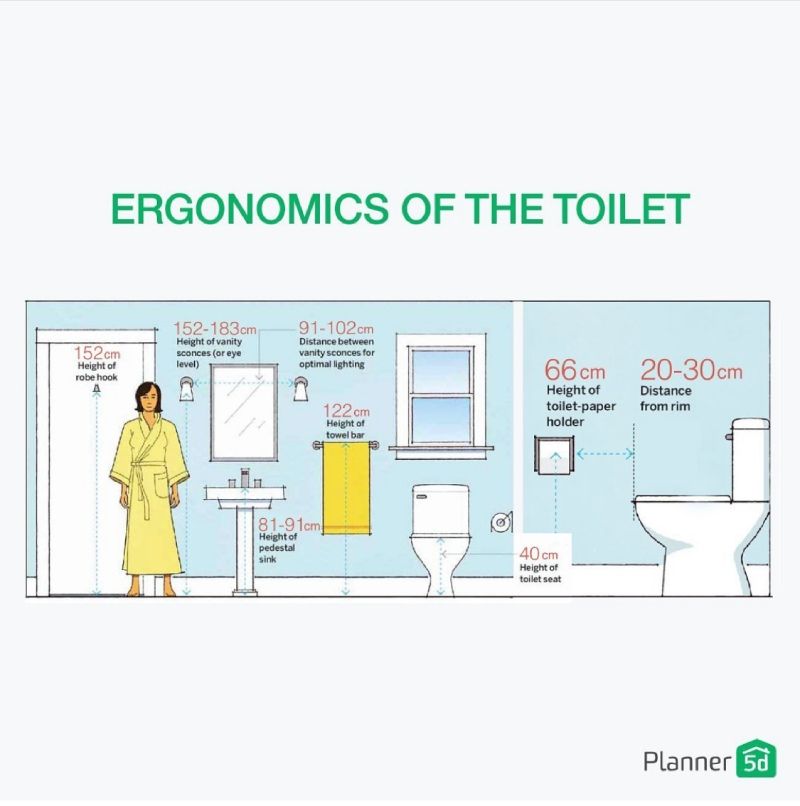
Conclusion
As you can see, ergonomics is for more than just the office and goes beyond stand-up desks and funky keyboards. Most people don’t think of applying these principles in their homes, although there are many benefits to doing so. We hope this post has offered you some new ideas on how to design a home so that it feels comfortable and inviting while at the same time minimizing the risk of injury.
Want to learn more about ergonomics in design? Take our Ergonomics Master Class in Interior Design. This free course is a great way to learn about how to implement ergonomic principles into your home to create a more inviting and comfortable space.
FAQ
How is ergonomics used in design?
In design, ergonomics is used to create safe, efficient and comfortable places for people based on how they interact with their surroundings. This can include customizing furniture, lighting and cabinets to suit individual needs.
What are the 3 types of ergonomics?
The three types of ergonomics are physical, cognitive, and organizational. Each can be used to determine how people interact with their environments.
What are the 5 categories of ergonomics?
Ergonomics focuses on safety, comfort, ease of use, aesthetics and performance. These categories aim to create a natural fit between people and their environments.
What is the main goal of ergonomics?
The main goal of ergonomics is to improve safety and comfort by minimizing the risk of injury caused by repetitive movements. Using ergonomic tools helps to increase productivity and performance while reducing strain and fatigue.
What are the advantages of applying ergonomics to kitchen design?
The advantages of applying ergonomics to kitchen design include increased efficiency and safety while cooking or performing other tasks in the kitchen. It can also improve in creating a more aesthetically pleasing layout.
